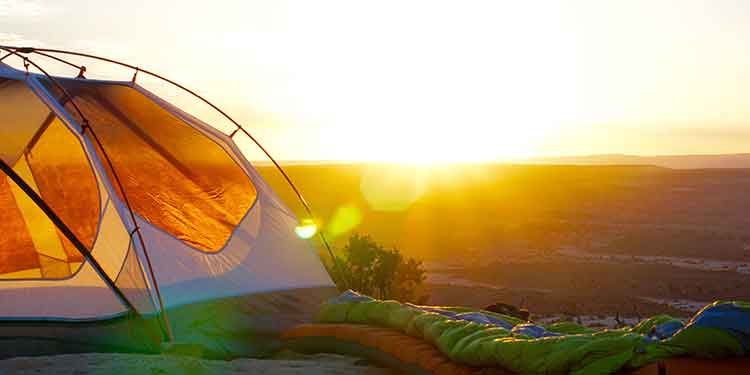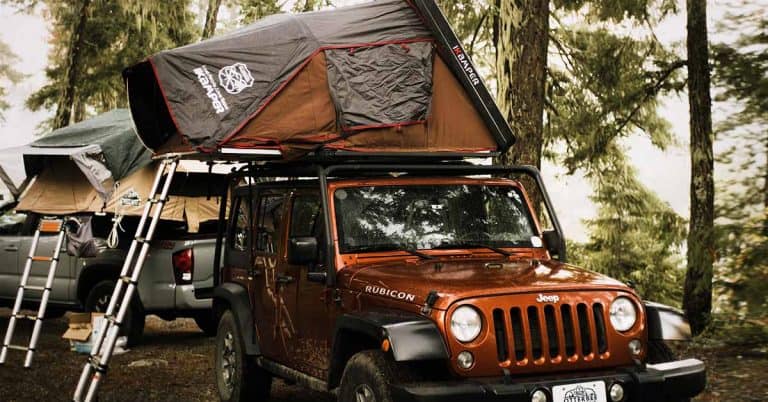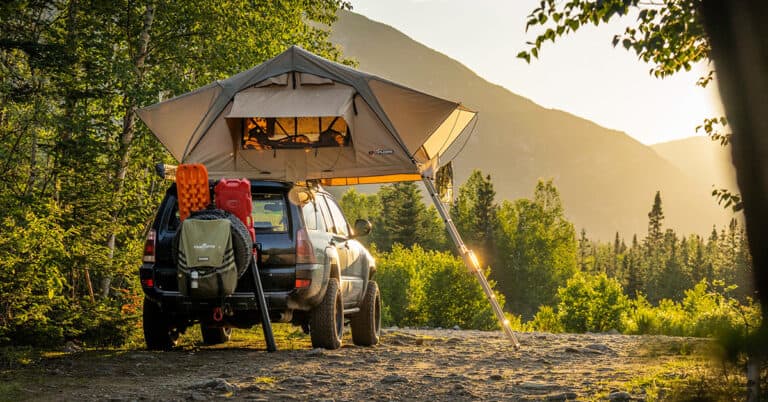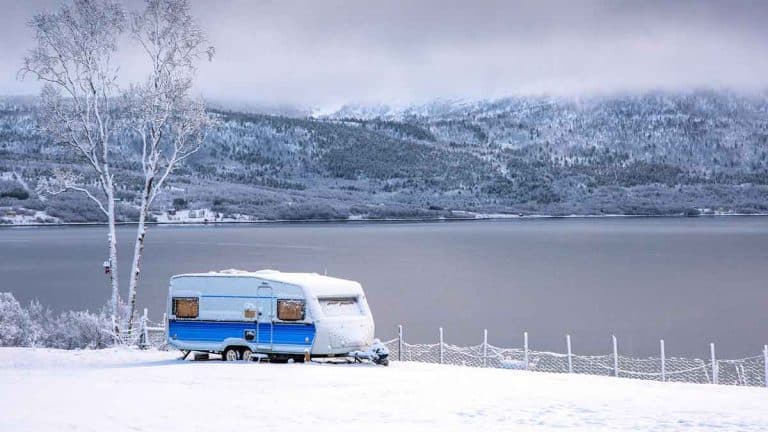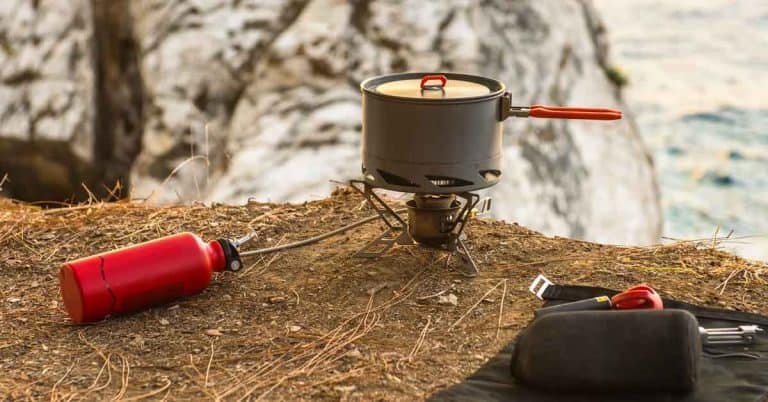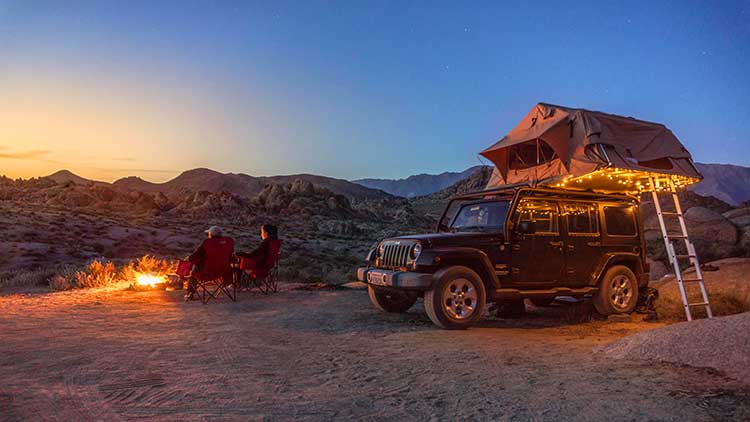Disclosure: I am compensated for purchases made through some links on this site. Click for details.
Have you been looking at roof top tents and ground tents trying to determine which tent might benefit you most? There are advantages and disadvantages to both tents. Your style of camping and location often dictate which tent is best.
Let’s look at roof top tents versus ground tents and if this article doesn’t answer all your roof top tent questions. Check out the roof top tent questions and answers page.
Price
Roof top tents and ground tents often differ greatly in price though there are some pricey ground tents.
- Hard shell roof top tents run around $3000 to $4000 on average.
- Soft shell roof top tents range from around $1300 to $2800.
- Ground tents vary in price from an inexpensive Ozark Trail 3-Person Camping Dome Tent for $35 to over $1000 for specialty tents that are for mountaineering, backpacking, or large-capacity tents.
I don’t want you to overspend. If you only camp a few times a year, that $35 Ozark tent from Walmart will do just fine in most situations.
Altitude and Safety
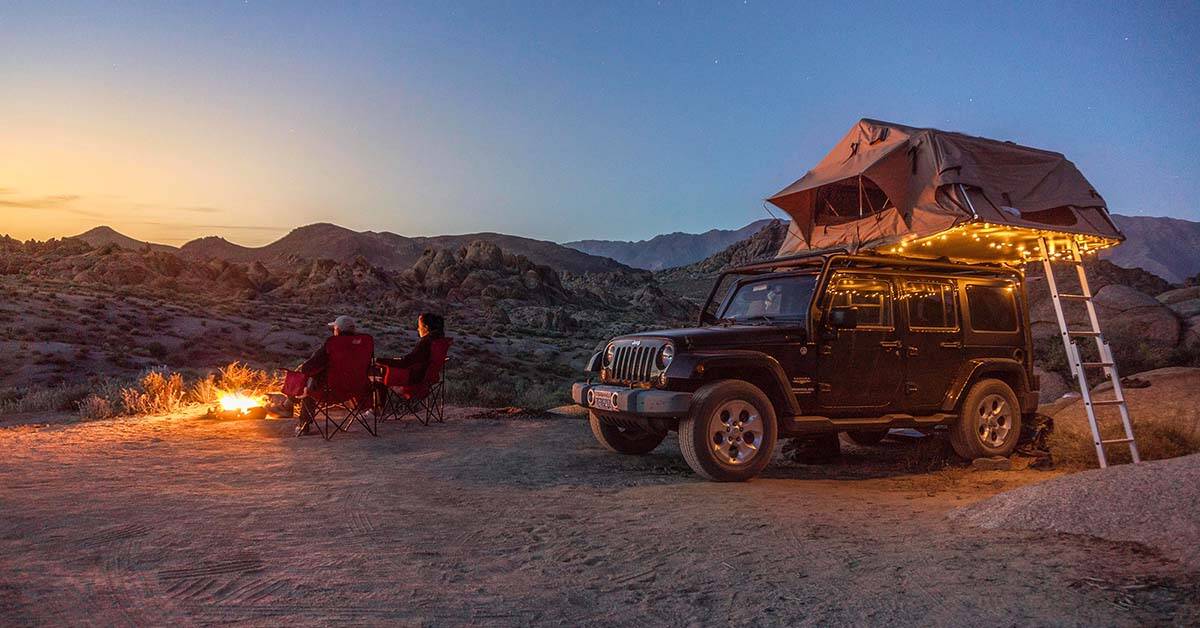
I love my ground tent. But let’s face it, there are spots on our planet where I would never sleep in a ground tent. Two creatures that I’d get high up to avoid are snakes and crocodiles… Well, alligators too. Roof top tents can get you up and away from these and other critters.
The altitude of a roof top tent provides safety from critters while at the same time presenting a safety hazard. Though I’d imagine it exceedingly rare, I’ve come across people who have fallen out of a roof top tent. What’s more common are mishaps on the ladder in the night.
Related Content:
Camping Spot
There are spots you can’t set up a ground tent. The ground just won’t work. Maybe it’s too rocky, too wet, or too whatever. But if you can drive there, you’re probably able to raise your roof top tent.
Even if you are on a slant, you can level a roof top tent but if you have a ground tent, you’d have to sleep on a slant.
Tent Setup
The fastest tent setup is with a hard shell roof top tent. Soft shell roof top tents and ground tents take about the same time to erect.
There is, however, a benefit to hard top tents. The bedding is left in roof top tents.
You still have to set up your sleeping arrangements in the ground tent. Inflate mattress pads, cots, roll out sleeping bags, and whatever else you do to prepare your ground tent which might include some sort of floor insulation and a boot tray to keep dirt from spreading around the tent.
Breaking Down Camp
The ease of breaking down tents is in the following order.
- Hard shell roof top tents
- Soft shell roof top tents
- Ground tents
Ground tents themselves take about the same time as the soft shell roof top but you have the luxury of leaving your bedding in the roof top. That saves a lot of time especially if you happen to be breaking camp each night and setting back up again.
Camping with Small Children and Dogs
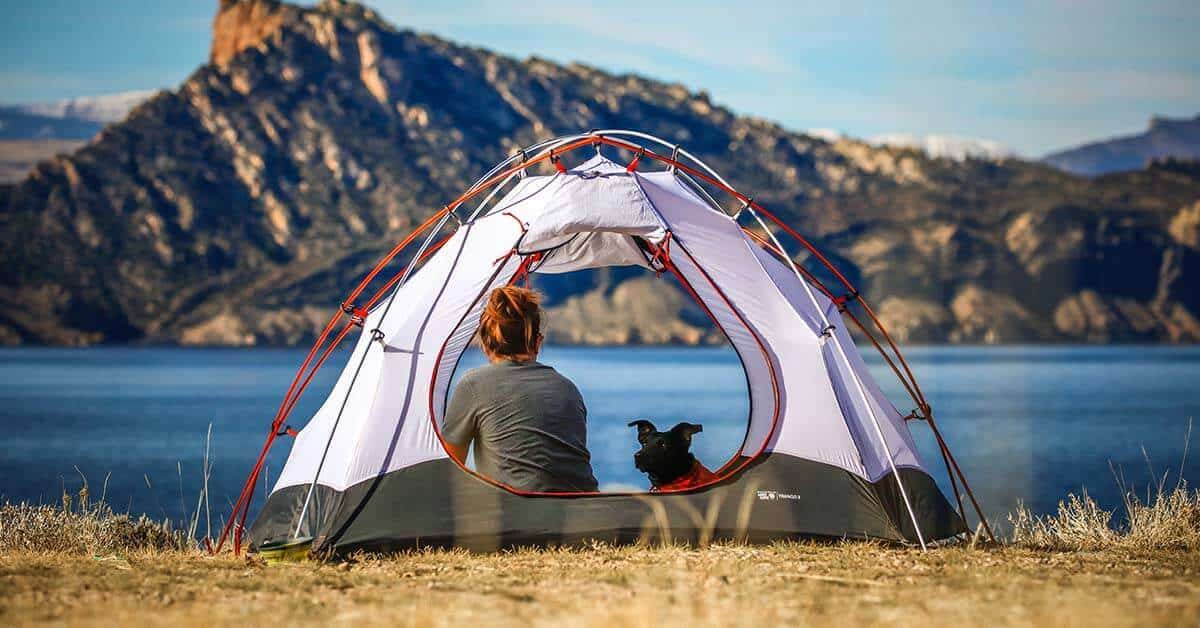
The high mounting position of roof top tents makes it difficult for small children and dogs to access and carrying a child or dog up and down a ladder is precarious. Roof top tents also lack safety features to prevent children and dogs from falling out. A ground tent’s ease of entry eliminates these safety issues.
We have an infant and one on the way. We will not be camping in a roof top tent until the kids are older.
Disability Accessibility
Ground tents are far easier to access.
My wife and I volunteer with the disabled at my church. It’s obvious that many of the physically disabled in our group would have a harder time setting up, breaking down, and climbing into a roof top tent. Certain ground tents can be easier to work with. It all depends on the disability.
Cleanliness and Cleaning
Roof top tents are far easier to keep dirt out of while camping especially in sandy locations and there is little to no need for a boot tray. Boots are often hung from a bag on the outside of a roof top tent and debris is often knocked off your feet when climbing up your ladder.
Dirt, mud, sand, and snow are all very easy to track into a ground tent.
The cleanup of roof top tents and ground tents after a camping trip is different. Ground tents are far easier to clean and treat than roof top tents.
Tent Types
Roof top tents come in hard shell and soft shell versions and are great for camping and Overlanding but roof top tents don’t work for all types of camping.
If you are into thru-hiking, backpacking, or mountaineering, a roof top tent is not for you. There are specialized tents that are specifically designed for these applications.
Roof top tents are also designed to sleep 2-5 people. If you have a large group of campers you plan to sleep, roof top tents will not work without the addition of an annex which is basically a ground tent.
Related Content: Why Switch From A Soft Shell To Hard Shell Roof Top Tent
Liveable Space
Livable space is very important to those of us that have families or multiple campers sleeping in the tent.
- Hard shell roof top tents whether the box or clamshell type typically have the least amount of livable space when looking at the overall cubic space.
- Soft shell roof top tents have a little more headspace than hard shell models.
- When comparing footprints, ground tents typically have the greatest amount of livable space. You can even stand up in some ground tents which is a huge relief and benefit if you’re camping for an extended period of time. Cramped headroom gets old after a while. The worst for a tall guy like me is laying down to put your pants on every day.
Vehicle Compatibility
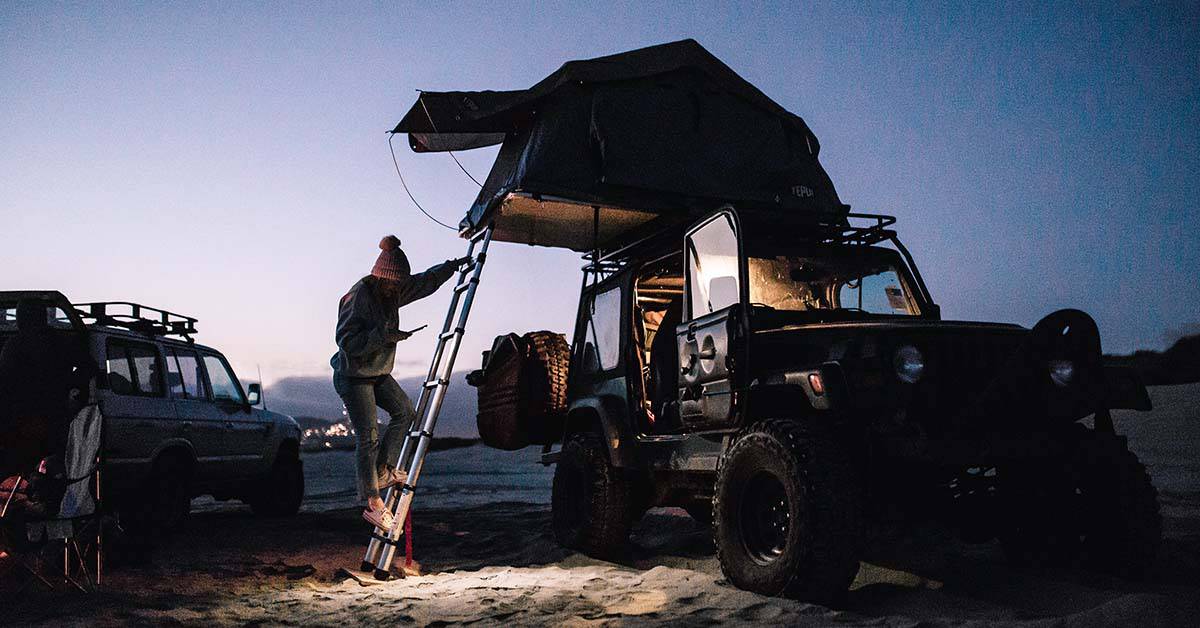
Ground tents will fit into almost any vehicle, but roof top tents aren’t compatible with every vehicle.
Roof top tents are designed to be used with a wide variety of roof racks, though you may have to upgrade your roof rack to support the weight or installation of a roof top tent.
The static and dynamic load capacity of your vehicle must exceed the requirements of a roof top tent to be compatible.
Static load capacity is how much your vehicle can handle on its roof when the vehicle is parked. This usually isn’t a problem since your car is built to withstand a rollover and heavier roof top tents are in the 200-pound range.
The dynamic load capacity of your vehicle is how much weight your vehicle can carry when it is in motion. Large trucks and SUVs usually don’t have a problem, but you can run into an issue with smaller vehicles. You should never exceed your vehicle’s dynamic load capacity.
Use of Cargo Space
Roof top tents take up a lot of valuable cargo space on top of your vehicle. If your roof cargo space is needed when you go camping, you will need to weigh the option of a ground tent or a hard shell roof top tent that has a roof rack on the top.
There is a very big price gap between the two and your budget may dictate your decision.
Tent Sleep Comfort
Roof top tents come with a mattress that is usually quite comfy. With ground tents, it’s up to you to decide how you want to sleep. A mattress for a ground tent is an extra cost that can add up when you start buying sleeping bags and sleeping pads.
Weathering Storms
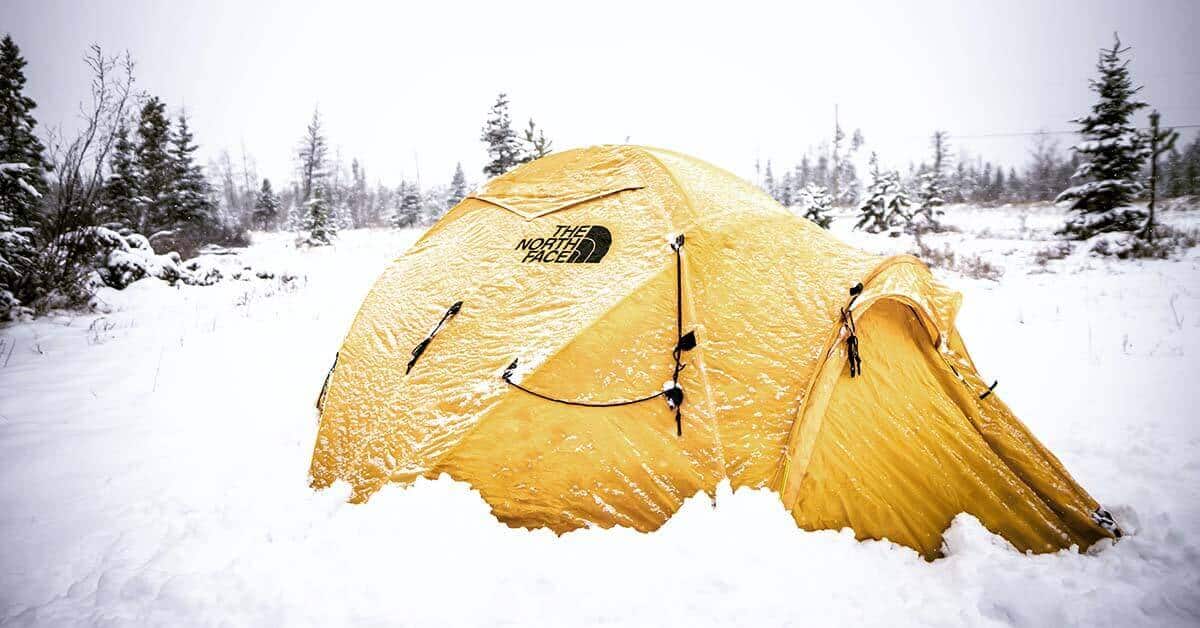
Watch the weather and don’t camp in severe storms. Bad weather can cause problems for either tent style.
The type of tent has a lot to do with how well it handles bad weather. Use the right tent for your camping conditions. There are 3-season and 4-season tents to choose from in many styles.
There are positives and negatives of both ground and roof top tents:
- Arrow dynamic ground tents of minimal height are made to handle extreme winds whereas boxy, roof top tents are not designed to handle high winds. You’ll rock around in a roof top tent and hear more wind noise. With that said, large and tall family tents aren’t going to weather strong winds well either.
- When looking at roof top tents, there are hard shell and soft shell versions made of sturdier, heavier materials than the average ground tent.
- Hard shell roof top tents offer greater weather protection over that of their soft shell counterpart.
- Downpours can pool and swamp poorly located ground tents.
- Snowbanks in blizzards are less like to be a problem for a roof top tent.
Versatility in Use
Ground tents are more versatile.
- There are more styles available.
- You can easily swap them between vehicles without a compatibility issue.
- They can easily be carried.
- You can camp away from your vehicle.
- You don’t have to break down your tent to drive to a trailhead or other destination.
Travel and Transport
Roof top tents are heavy, boxy, and bolted to the roof of your vehicle. This can have a dramatic effect on the performance and handling of many vehicles.
Transport and travel negatives associated with roof top tents:
- The wind resistance and weight reduce gas mileage. The extra cost of gas can add up over time.
- The weight of the tent changes your vehicle’s center of gravity. This reduces road handling and trail performance.
- Installation of roof top tents most often changes your vehicle’s clearance height making it too tall for many home garages, parking garages, and other structures.
Tent Storage
Roof top tents are heavy! One hundred to two hundred pounds. The hard shell roof top tents are the heaviest. Because of their weight, most roof top tent owners keep their tents on during camping season or even year-round.
Roof top tents are bulky and storage takes up a considerable amount of room especially if you have a tent that has to lay flat instead of being propped up on its side.
Some innovative people create setups to hang their roof top tents from their garage ceilings to save space. I always think of the Sword of Damocles when I see this done.
Ground tents take up very little room when they are broken down and stored.

